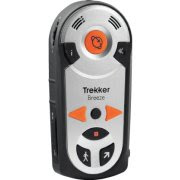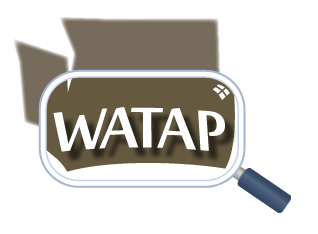Most types of form elements (text boxes, text areas, checkboxes, radio buttons, etc.) have a text label adjacent to them that identifies the function of that particular form element (e.g., "First name" adjacent to a text box). Sighted users make a visual associate between a label and its corresponding form element based on proximity and positioning. A user who is blind cannot make this visual association, so the label must be programmatically associated with its form element using the HTML < label >tag. When properly associated, a screen reader will read the text label when it encounters the form element.
< label for="fname" >First name:< /lable > < input id="fname" >< /label >





